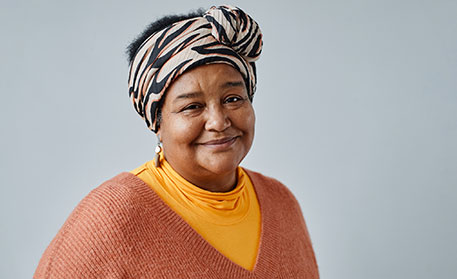Everyone requires assistance from time to time, and while most caregiving is done in support of an older adult, it can also affect a parent, spouse, friend, or child with special needs. While many seniors rely on friends and family for support as they age, there may be times when more assistance or long-term care is required.
On average, African American caregivers are 47.7 years old. It can be challenging to look beyond one’s own circumstances when caring for someone who is unwell or incapacitated. Nonetheless, whether related or not, family caregivers play an essential role in the health, social, economic, and long-term services and support (LTSS) systems in the United States. As the country ages, supporting caregivers as essential members of society will be more important than ever.
Today, more than one in every five Americans, or 21.3%, are caregivers. Roughly half of African American caregivers say they were forced into the role, yet the vast majority (especially compared to caregivers of other races) say they find their work meaningful.












